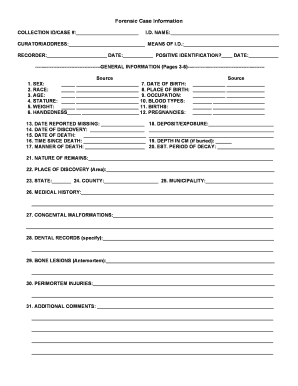

Nevertheless, beyond the efforts to manage experimental resources more efficiently lays a wealth of issues stemming from research data management and scientific communication (NAS, 2018). Thus, scientific publishers operate on this matter, along with public funding agencies, to encourage proper research data planning and management to foster (or require) high-quality data dissemination of scientific data (Federer et al., 2018).

To guarantee the re-usability of shared resources, academic publishers implement new guidelines for more transparent reporting and stress research data availability as a prerequisite to publication (Federer et al., 2018). Besides, scientists create, exchange, preserve and share those resources using various channels such as digital files on storage systems, supplemental information sections integrated to publications, online repository deposits, or e-mail attachments, to name a few (Tenopir et al., 2011). This trend is observed in diverse practices encountered in experimental work, e.g., from small science, where research is conducted in a single laboratory, to more complex projects where scientists employ large-scale, distributed, computational infrastructure (Cragin et al., 2010 D’Ippolito & Rüling, 2019).Ĭonsequently, research software, data files, algorithms, and workflows are widespread (digital) experimental resources. Furthermore, scientific observations themselves are the product of digital technology, as scientific equipment transforms measurements of the physical world into digital entities (November, 2012 Stevens, 2013). One practical reason RDM gains traction is that experimental activities taking place in laboratories increasingly rely upon digital technologies (Huang & Gottardo, 2013). Also, in information systems research, the opening of data to the IS community is a current topic of debate (Koester et al., 2020 Link et al., 2017 Wilms et al., 2018). Research data management (RDM) is a pillar of future developments in open science, and particularly with regards to the efficiency of data preservation, sharing, and developments of open infrastructure (Higman et al., 2019). Finally, we propose a conceptual overview of open science readiness, which combines laboratory forensics techniques and laboratory analytics capabilities to help overcome research data management challenges in the near future. Laboratory forensics and analytics form the basis of research data management. Next, we formulate laboratory analytics capabilities based on the results of the forensics analysis.

Furthermore, we use semiotics to describe the quality of information recovered from storage systems with laboratory forensics techniques. In this study, we first apply a forensic process to investigate the information quality of digital evidence underlying published results. At the same time, scientific laboratories still rely upon digital files that are processed by experimenters to analyze and communicate laboratory results. Recently, the topic of research data management has appeared at the forefront of Open Science as a prerequisite for preserving and disseminating research data efficiently.


 0 kommentar(er)
0 kommentar(er)
